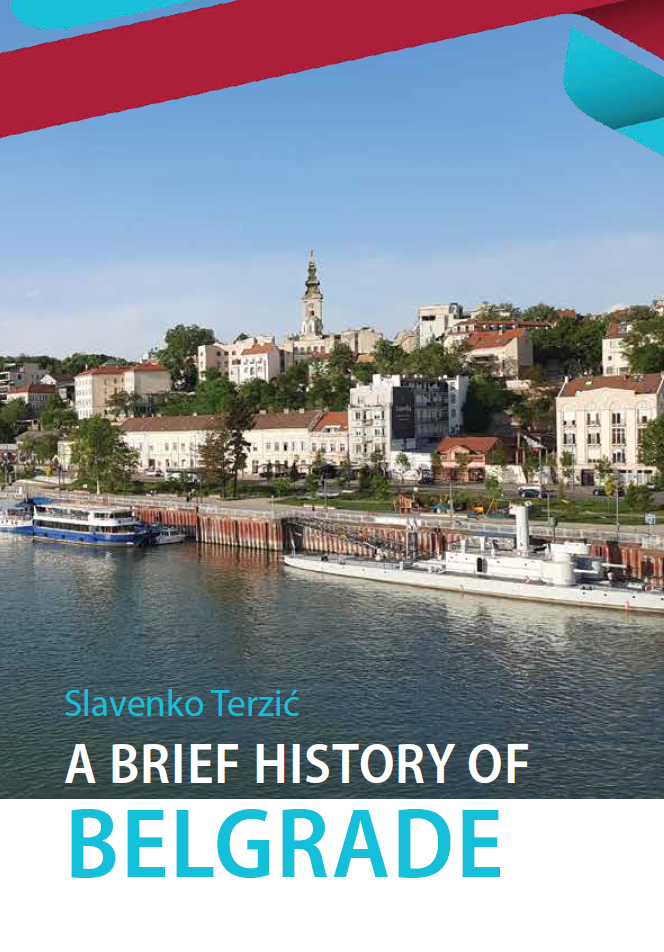The civilization preserved in the stone – blog series
There are unbelievable stories about the extraordinary civilizations that inhabited the right bank of the Danube. We refer to the Vinča culture and the archeological site called "Belo Brdo," located approximately 20km downstream from Belgrade. The site occupies around 30 hectares (300.000 sqm), and it is placed on the alluvial terrace of the Bolečica river. During the late 19th century, experts began mentioning the site. While searching for Serbia's geological profiles, a famous archeologist noticed a strange vertical section. This steep section consisted of many visible anthropogenic deposits. All proofs were pointing at the existence of people, but nobody could ever guess just how big of discovery had been made.
Although people inhabited Vinča for as long as they were on the territory of Europe, Vinča is celebrated for the information it revealed about the Neolithic (the late Stone age). In this and the next blog, Click for Serbia takes you on a journey through Vinča. In the first blog, we bring you interesting facts behind the artificial archeological hill and about the unbelievable construction of energy-efficient houses in Vinča during the Neolithic.
The famous archeological hill
The site is famous for many discoveries, but today we look into the story of Vinča’s 10.5m (34.45ft) anthropogenic sediments, forming a hill and a unique anthropological site. This hill attests to the historical role the Danube river played in the forming of civilizations. Current proof indicates that this locality hosted the first settlers already 7.5-800 years ago. That means that the area was inhabited during the Stone Age and Copper Age, and it has witnessed the Roman empire as well as the Medieval period and the modern times.
The famous „hill“ is entirely artificial: after the houses were worn out, people would tear them down and cover them with a layer of earth. Then, they would build new houses. The process was repeated over thousands of years, and Vinča is famous for its layer dating back to the Stone Age. Recent archeological excavations indicate that Vinča’s civilization was far more advanced than we stereotypically think about civilizations of that age. For example, specifically designed and decorated pottery shows that already 8.000 years ago, people had pottery for daily use and pottery for special occasions.

Source: Wikipedia User: Gmihail
Energy-efficient homes in the late stone Age
The houses that are being excavated in Vinča are between 20 and 80 square meters in size, with several rooms and wooden construction. The roof of these houses was covered with reeds, and the walls of these houses from the late Stone Age were mortared, although it was initially believed that Vinačans used mud as the material. However, this proved to be wrong, since mud had several great shortcomings.
Firstly, as soon as the mud dries, it cracks and allows wind to enter the house. For walls not to break, people already in the Neolithic added a lot of sand and a lot of chaff (grain membrane) to the mixture of clay and water. The chaff reduces the specific weight of the mortar so that people could apply it to the walls in a thicker layer. When clay, water, sand, and chaff were mixed, a stable mixture is obtained that no longer cracked. The resulting mixture is a building composite material, better known as mortar. Vinča’s mortar was at the same time fantastic thermal insulation. Building floors was no less ingenious. The wooden beams were covered with insulating plaster, and then a thin layer of mud was applied over them. When the clay dried, inhabitants of Vinča during the Neolithic ironed it and polished it. That way they polished the floor which was easy to maintain. Another extremely interesting thing is that the people of Vinča did not have fireplaces in the Neolithic, but instead, they already had furnaces (ovens). The neolithic oven is not at all different from the bread (pizza) ovens we use nowadays. The stove is made of the same material that was used on the floor or on the walls.
When the stove heats up it accumulates heat, which later spreads throughout the house through the floor. Above the stove were smoke extraction hoods that made sure the smoke goes outside. Nowadays, we use a similar system over our stoves – aspirators. Therefore, one could conclude that people already in the Neolithic knew how to make a completely energy-efficient house and they had a very high living culture, that gradually degraded after the Neolithic.
The story about one of the oldest civilizations is preserved in rocks. However, it is the story that keeps on telling and testifying to once great, very developed, and highly organized – Vinča civilization.













